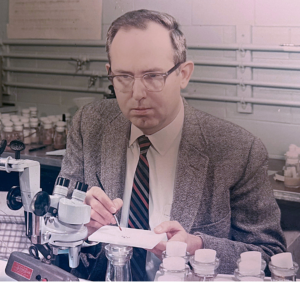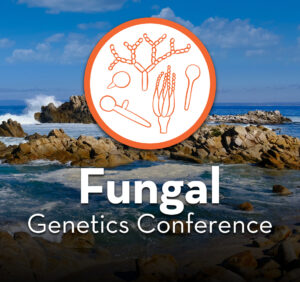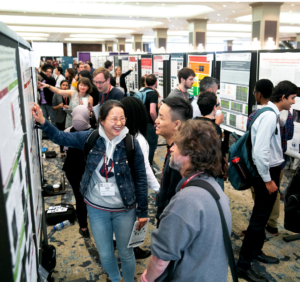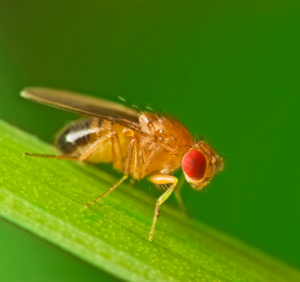Today's guest post was contributed by Debraj Manna, a graduate student and science writer at the Indian Institute of Science in Bangalore, India. Besides his research in non-canonical translation, Debraj is interested in decoding complex scientific discoveries into compelling narratives. He is committed to sharing the stories behind scientific advancements while shedding light on researchers' lives. He is a member of the Early Career Scientist Multimedia Subcommittee. You can connect with Debraj on X/Twitter or LinkedIn.
One of the final steps in the transfer of information from DNA to RNA in eukaryotes is polyadenylation—the addition of a poly(A) tail to the 3′ end of an mRNA. This modification, which happens after the recognition of one of the multiple poly(A) signals on the unprocessed mRNA, is critical for stabilizing the otherwise easily degraded message. The location of the poly(A) tail (or the distance between the translation termination codon and the poly(A) tail) in the 3′ untranslated region (UTR) can vary across mRNAs from different genes.
The location of poly(A) sites across mRNAs of different genes can seem random, but research published in the December issue of GENETICS by Geisberg, Moqtaderi, and Struhl suggests that these locations are evolutionarily conserved in yeast and have physiological significance.
Polyadenylation starts after the pre-mRNA is processed to functional mRNA when a poly(A) site is recognized by the appropriate cellular machinery, leading to mRNA cleavage and poly(A) tail addition. The choice for where this happens along the transcript depends on recognition of the site by the polyadenylation complex, the rate of transcription elongation, and the effects of the chromatin on transcription, and mRNAs transcribed from the same gene can have different stabilities, structures, and functions due to this alternative polyadenylation.
The choice of location also impacts the length of the mRNA 3′UTR. Since the 3′UTR is an essential site for mRNA regulation, acting as a platform for the binding of microRNAs, RNA-binding proteins, mRNA degradation machinery, and more—varying its length can result in variable mRNA regulation and thus different protein levels.
For this study, Geisberg, Moqtaderi, and Struhl analyzed the poly(A) profile datasets of baker’s yeast (Saccharomyces cerevisiae) and fission yeast (Schizosaccharomyces pombe). They grouped mRNAs based on the number of nucleotides available in the 3′UTR between the translation termination codon and the poly(A) site and then determined the relative expression level of a particular 3′ mRNA isoform by normalizing its expression level to that of the most expressed isoform of that gene. This allowed the authors to separate transcript isoforms based on their relative expression levels and to identify eight classes of genes for baker’s yeast and three clusters for fission yeast. Among these, six baker’s yeast gene classes and all three gene classes of fission yeast were overrepresented in genes with known biological functions. Furthermore, when they performed hierarchical clustering of the homologous genes between the two yeasts, they found similar gene categories in each cluster across both species.
Additionally, the study concludes that the shorter 3′UTR typical of human ribosomal protein mRNAs is conserved in yeasts, and the authors found a significant positive correlation between poly(A) site locations in the homologous genes of the two yeast species.
Overall, this study demonstrates the functional relevance of mRNA poly(A) site locations in 3′UTRs across the transcriptome, suggesting longer 3′UTR transcripts could be regulated more than shorter ones because of the higher accessibility of their 3′UTRs to mRNA degradation machinery, RNA-binding proteins, and microRNA machinery.
References
The location of polyadenylation sites within 3′ untranslated regions is linked to biological function in yeast
Joseph V. Geisberg, Zarmik Moqtaderi, Kevin Struhl
GENETICS. December 2024; 228(4).
DOI: 10.1093/genetics/iyae163































